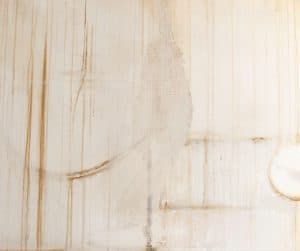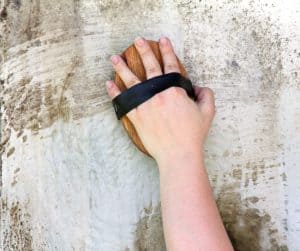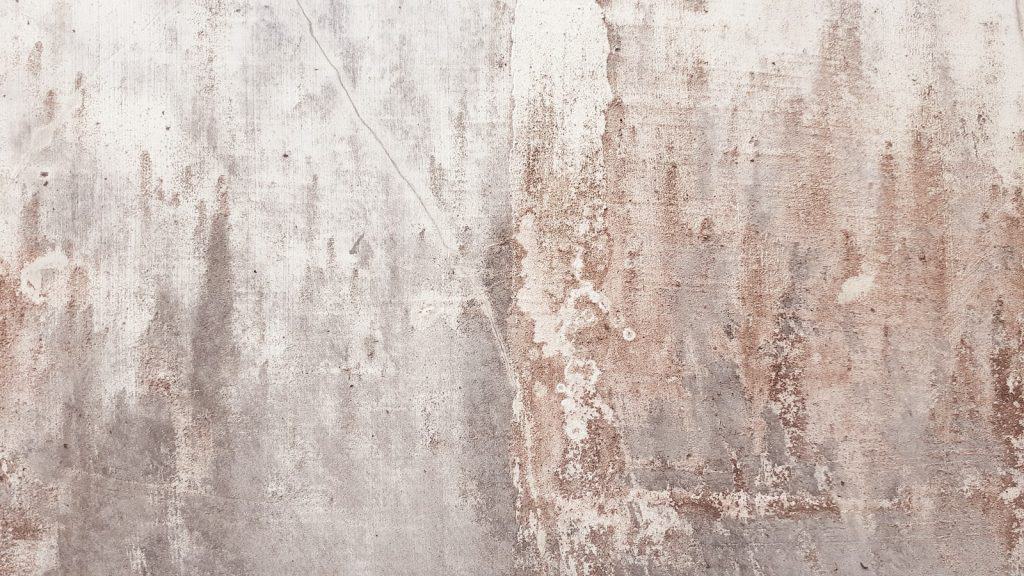Removing stains from walls can be a difficult task. Depending on the type of stain and the material of the wall, different methods may need to be used. In this guide, we will explore several methods for removing stains from walls, as well as provide tips for preventing them in the first place.
Types of stains and how to remove stains from walls

There are many different types of wall-stains that can occur on walls. Some common ones include:
Water Stains:
Water stains can occur on walls for a number of reasons. If there is a leak in the home, water can seep through cracks or holes and cause the formation of stains. Water stains can also be caused by condensation, which can happen when there is high humidity in the air.
To remove water stains from walls, start by blotting the stain with a dry, absorbent cloth. If the stain is persistent, you can try using a mild soap and water solution. Gently rub the stained area the solution, then rinse off with clean water. If the stain is still visible, you can try using a mild abrasive cleaner or white vinegar. For tougher stains, you may need to use a bleach solution or sand the area to remove the stain completely.
Mold or Mildew Stains:
Mold and mildew thrive in damp, humid environments. If your home has experienced a water leak or there is high humidity in the air, you may start to see mold or mildew stains on the walls. These stains can be black, green, brown, or white and are often fuzzy or slimy to the touch. Mold and mildew stains are not only unsightly, but they can also be dangerous to your health. If you suspect that you have mold or mildew in your home, it is important to have the area tested by a professional.
To remove mold or mildew stains from walls, start by scrubbing the area with a brush and soapy water. You can also use a bleach solution or special mold and mildew removers. If the stain is resistant, you may need to sand or scrape the area to remove it completely.
If you have painted walls, be careful when using bleach or other harsh chemicals, as they can damage the paint.
Smoke Stains:
Smoke stains can be difficult to remove, especially if they have been present for a long time. Smoke stains are often brown or black and can cause discoloration on walls, ceilings, and other surfaces.
To remove smoke stains from walls, start by wiping the area with a damp cloth. If the stain is resistant, you may need to use a stronger cleaning solution such as trisodium phosphate (TSP). You can also try sanding or painting over the stained area.
Grass or Mud Stains:

Grass and mud stains can often be removed with a simple soap and water solution. If the stain is resistant, you may need to use a stronger cleaning solution or scrub the area with a brush. You can also try using a power washer to remove tough grass and mud stains.
Food or Beverage Stains:
Food and beverage stains can be difficult to remove, especially if they are greasy or oily. To remove food or beverage stains from walls, start by blotting the area with a dry, absorbent, or microfiber cloth. If the stain is still visible, you can try using a mild soap and water solution. You can try baking soda or cornstarch for oil-based stains. For tough stains, you may need to use a stronger cleaning solution or sand the area to remove the stain completely.
Blood or Other Bodily Fluid Stains:
Blood and other bodily fluid stains can be difficult to remove, especially if they have dried. To remove fresh blood stains, start by blotting the area with a dry, absorbent cloth. If the stain is still visible, you can try using a mild soap and water solution. For tougher stains, you may need to use a stronger cleaning solution or scrub the area with a brush. You can also try using hydrogen peroxide or ammonia to remove blood stains from walls.
Ink or Dye Stains:
Ink or dye stains can be difficult to remove, especially if they are dark or brightly colored. To remove ink or dye stains from walls, start by blotting the area with a dry, absorbent cloth. If the stain is still visible, you can try using a mild soap and water solution. For tougher stains, you may need to use a stronger cleaning solution or scrub the area with a brush. You can also try using rubbing alcohol or hairspray to remove ink or dye stains from walls.
Crayon or Pencil Stains:
Crayon and pencil marks can often be removed with a simple soap and water solution. If the stain is resistant, you may need to use a stronger cleaning solution or scrub the area with a brush. You can also try using a Magic Eraser or similar product to remove crayon and pencil stains from walls. Cleaning eraser sponges can also be effective at removing crayon and pencil stains.
Grease or Oil Stains:
Grease stains and oil stains can often be removed with a simple soap and water solution. If the stain is resistant, you may need to use a stronger cleaning solution or scrub the area with a brush. You can also try using degreasers or solvents to remove grease and oil stains from walls.
Paint Stains:
Paint stains can be difficult to remove, especially if they are dark or brightly colored. To remove paint stains from walls, start by blotting the area with a dry, absorbent cloth. If the stain is still visible, you can try using a mild soap and water solution. For tougher stains, you may need to use a stronger cleaning solution or scrub the area with a brush. You can also try using paint strippers or solvents to remove paint stains from walls.
How to prevent having a wall stain?
The best way to prevent a wall stain is to clean up spills and messes as soon as they happen. Wipe up wet spills with a dry, absorbent cloth. Scrub tough stains with a brush or cleaning solution. Be sure to rinse the area well after cleaning to remove all traces of the cleaner. You can also try using a sealant or waterproofing agent to protect walls from stains. Sealants can help to create a barrier between stains and the wall surface, making them easier to clean up. Waterproofing agents can also help to repel water and stains, making them easier to clean up.
Types of walls that are easy to clean
Some types of walls are easier to clean than others. Painted walls, for example, can be easily wiped down with a damp cloth. Wallpaper can also be wiped down or sprayed with a cleaner. Tile and stone walls can be scrubbed with a brush or cleaning solution. Wood walls may require more care, but can be cleaned with a damp cloth or mild soap and water solution.
If you have walls with latex paint, you can clean them with a mild soap and water solution. If the walls are made of wood, you will need to use a cleaner that is designed for wood surfaces. You can also use a sealant or waterproofing agent to protect your walls from stains.
Final thoughts on how to remove stains from walls
Stains on walls can be difficult to remove, but with the right cleaning solution and some elbow grease, most stains can be removed. Be sure to test any cleaning solution in an inconspicuous area before using it on the entire stain. When in doubt, it’s always best to call a professional cleaner for help.
For more tips on cleaning your walls:
How To Clean Walls: Wall Cleaning Made Easy

